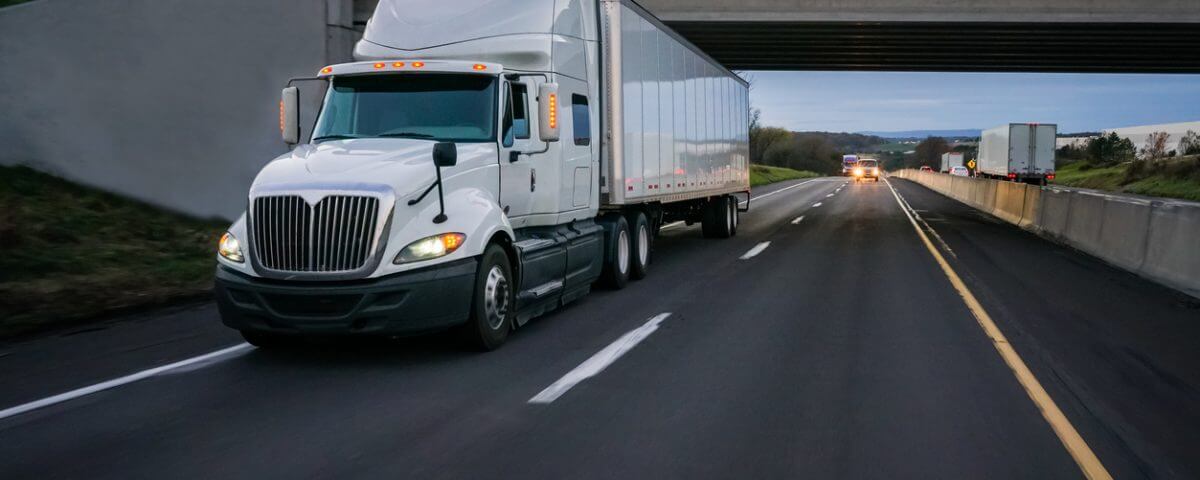
How to Make International Shipping in a Cost Effective Manner?
November 7, 2018
What Are Cost Effective Ways to Handle International Shipping?
November 12, 2018What is Full Truckload Shipping & How Does it Differ From LTL

In today’s world and age, shippers are bombarded with a lot of information that sometimes creates a new challenge of information overload. This makes it difficult for many people to navigate the complex world of shipping. Currently, most shippers have a rough time identifying the best cost-effective techniques in shipping, how to reduce risks and ensuring optimum use of time when procuring shipping transportation. Some of these challenges are attributed to the fact that a lot of focus is devoted towards the less-than-truckload (LTL) shipping mode as a way of saving cost and eliminate inefficiencies experienced during transportation. However, shippers have the opportunity to unlock even more savings and efficiency techniques by using full truckload shipping.
What is Full Truckload Shipping?
In simple definition, full truckload shipping is the use of an entire truck to transport a given shipment. However, there are several other definitions that are associated with full truckload shipping depending on the type of shipment and the carrier used. It is important to note that full truckload shipping rates also vary depending on the type of carrier used. Typically, a full truckload is subjected to the following maximum limit roles; shipping 44,000 pounds of product, shipping 2500 ft.³ of product or accommodating 48 standard pallets.
Key Differences between Full Truckload and LTL
There are several other modes of transport for shipping freight that include; LTL, air, rail and many others. When these different modes of transporting shipping freight take place on the ground, they are known as “over-the-road” (OTR) modes. Full truckload is the dominant form of OTR transportation. The key differentiator between full truckload and other OTR modes such as LTL is that full truckload uses very strict rules from one point to the other while at the same time making full use of the space and weight capacity of the truck. Although full truckload has its benefits, it also has its fair share of challenges.
Benefits of Full Truckload
Full truckload shipments often attract better shipping rates, are subject to faster transit time and are exposed to fewer risks.
Challenges of Full Truckload
There are a few challenges that are associated with full truckload shipping the first being the need for better packing of the merchandise. The shipper should also be in a position to accept rigid delivery and shipping schedules. The full truckload shipping is also not always available something that could have an effect on the delivery time. Lastly, full truckload shipping is more costly compared to other OTR modes.
Always go for the full truckload as your preferred shipping freight transportation mode particularly when you have many items that can fill an entire truck. This mode is also best for time sensitive freight or for people wishing to have an entire truck dedicated to their goods.
